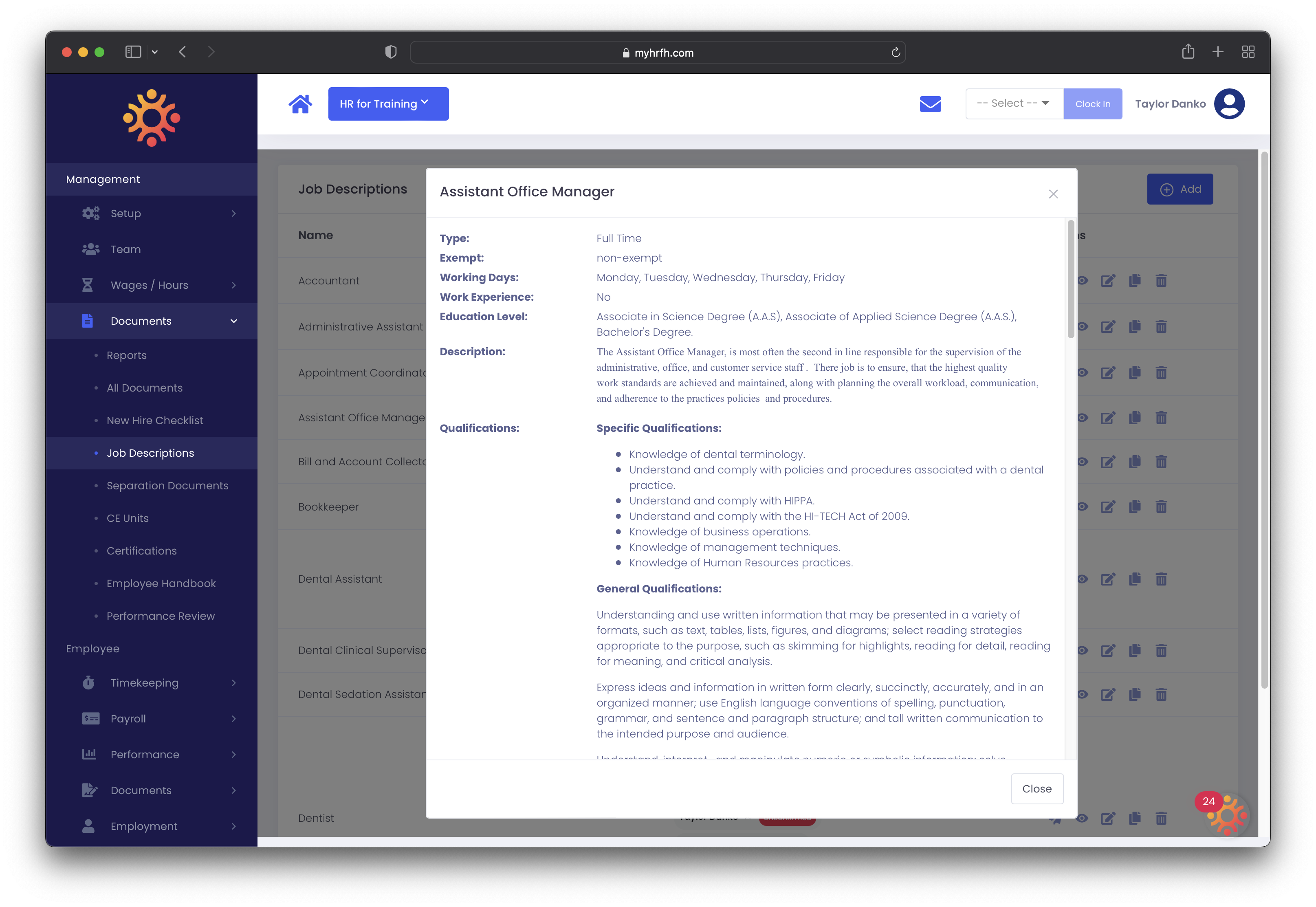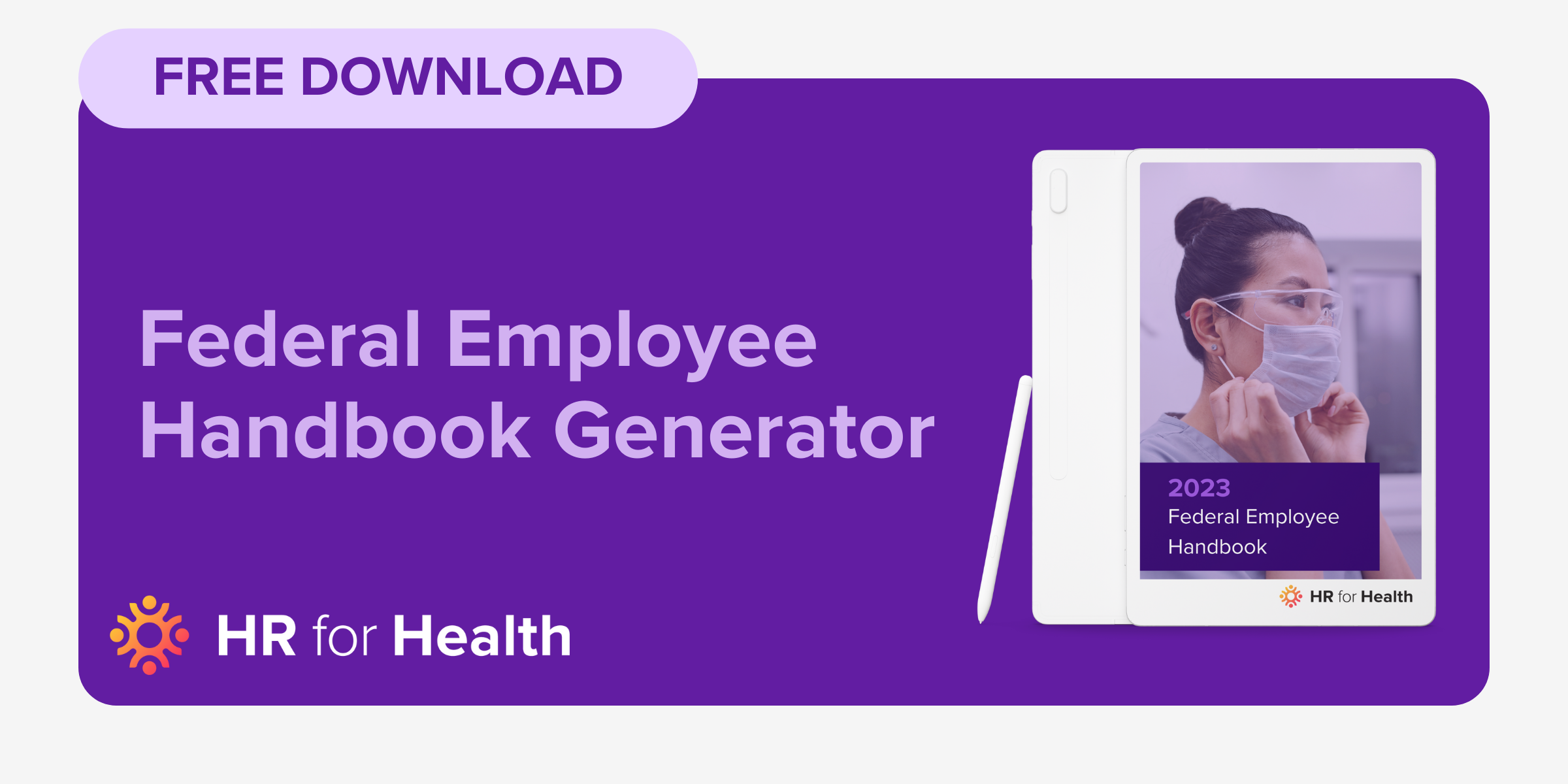UPDATED 04/25/2023
Conflict is not always negative; in fact, it can be a catalyst for growth and improvement within a team. Conflict can lead to a stronger and more cohesive team dynamic when team members can resolve their differences effectively. This benefits the overall practice and promotes professional growth and development for individual employees.
While some conflicts can be minor and quickly resolved, it is essential not to ignore more serious conflicts that can harm the practice and its employees. Conflicts that stem from poor management, inadequate training, and lack of professional opportunities can create a toxic work environment and compromise patient care. It is crucial to address and eliminate such conflicts through proper management and training.
By effectively addressing and resolving conflicts, you can create a positive and harmonious work environment that promotes professional growth and success for both your practice and its employees.
Let’s look at how to address conflict. This means addressing it in the workplace, when to deal with it, overcoming it at work, and helping your employees grow professionally from competition.
What Causes Conflict?
When conflict arises, it is essential to address it promptly and effectively. By doing so, you can prevent the negative consequences that unresolved conflict can have on the workplace environment. One of the leading causes of competition in the workplace is poor communication. Misunderstands can occur when there is a lack of clear and effective communication, leading to employee frustration. Implementing a robust messaging feature within your practice, such as the one offered by HR for Health software, can help improve communication and minimize potential conflicts.
Another common cause of conflict is clashes in personality and values. It is essential to recognize and respect the differences among team members and create an environment that promotes understanding and acceptance. Conflict can also arise when there are scarce resources and overwhelming workloads. During challenging times, such as the pandemic, employees may feel stressed and overworked, leading to potential conflicts. Managing employee time and resources effectively can help mitigate these conflicts.
In addition, conflicts can arise when employees are unclear about their job descriptions and responsibilities. Lack of clarity and understanding can lead to misunderstandings and disputes among team members. Providing comprehensive and tailored job descriptions can help clarify expectations and minimize potential conflicts.
Addressing conflict in the workplace requires understanding that these issues have many causes. Poor communication is a common reason for conflict. Indeed, a disorganized information system may lead to many of these mishaps, leading to frustration among employees.
A practice without a document tracking system is more chaotic and likely to experience conflict. Employees who only know bits and pieces of information may also be sources of conflict. Fortunately, HR for Health has a robust messaging feature within the software that can allow you to message individuals and teams. or the entire practice. This serves as a central communication point for any HR-related correspondence.
Personality and Values Clashes
Individuals are bound to have different personalities and values, which can conflict. Addressing conflict in the workplace means understanding the with whom you work.
Differences in attitudes and behaviors, including medical practices, are inevitable in any workplace. However, it is essential to remember that these differences should not define the approach or work environment. Conflict arises when employees and practice managers fail to respect these differences in personalities and values.
In a medical practice where teamwork is crucial for providing quality patient care, fostering an environment that embraces diversity and encourages open-mindedness is essential. This means promoting a culture of respect where all team members feel valued and accepted for who they are.
By recognizing and appreciating your employees’ diverse perspectives, attitudes, and behaviors, you can harness the power of these differences to drive innovation and growth within your practice. Embracing diversity not only helps to prevent conflicts but also enhances collaboration and problem-solving among team members.
Remember, conflict is not necessarily a negative thing. Managing effectively can lead to growth and positive change within your practice. By promptly addressing conflicts and promoting a culture of respect and understanding, you can create a work environment that fosters professional growth and success for your course and its employees.
Scarce Resources and Overwhelming Workloads
When people feel stressed, conflict can occur. Remembering this when addressing and overcoming conflict within your dental, optometry, or other medical practice would be best. A frequent stressful situation is workloads that seem unmanageable or when people feel pushed too hard to perform.
In medical practices, especially during the pandemic, practice employees may have to work longer hours with fewer breaks and time to rest. Resources are often scarce; competition for rest time and assets can lead to conflict. HR for Health software can help you manage employee time and resources. Furthermore, all of the above work items require extensive documentation, and it can be easy to lose paperwork. As such, you may want to consider using a service like our electronic cloud storage.
Lack of Role Description and Responsibilities
Employees at your practice may not be aware of their job descriptions and roles. People may not know about their responsibilities from vague job descriptions. They may have conflicts with employees who have a similar lack of understanding about their job responsibilities. They can miss training opportunities, jeopardizing their skills, professionalism, career track, practice, and patient lives.
In these instances, it may be preferable to have professionally designed job descriptions that are fully comprehensive and can be tailored to your needs. We can help you there since we have industry-specific job descriptions ready for use.

Job descriptions written for healthcare workers in HR for Health Software
Serious Conflict Sources
Don’t ignore serious conflicts that seem to be grounded only in miscommunication. Disputes resulting from poor management, inadequate training at your practice, and lack of professional opportunities can make your practice environment difficult for employees and hazardous for your patients.
Don’t ignore conflict-creating situations that can jeopardize employee safety, such as unfair or discriminatory treatment, unhealthy competition, and harassment. Ensure your employee handbook is updated to reflect appropriate laws and company values about how harassment will be investigated and eliminated. Having written statements in your employee handbook can show that you take these issues seriously and create expectations of appropriate behavior. HR for Health can help you craft an employee handbook that addresses these issues.
Signs of Escalating Conflict
Signs of escalating conflict are often gradual and easy to miss. They can be as small as body language or as significant as a screaming match. As an employer of a dental, optometry, or other medical practice, missing signs of impending conflict can hurt patient care.
Recognizing the signs of escalating conflict is essential in preventing further damage. Avoidance behaviors, decreased productivity, quality issues, dysfunctional meetings, and increased anxiety and stress indicate intensifying competition. By being vigilant and proactive, you can address these signs and prevent disputes from reaching a dangerous level.
Avoidance Behaviors
When an employee avoids you or others, this problem can lead to unsafe patient care. Colleagues who can’t or won’t work together may have issues acting as a team for their patients.
Decrease in Productivity
A decreased productivity could indicate that employees aren’t effectively working together to deliver patient care. Employee productivity can take a downward turn with avoidance behaviors, lack of communication, and other obstacles to teamwork.
Quality Issues
Along with decreased productivity, the quality of care may suffer. When people conflict, they can’t always pay attention and focus on the tasks in front of them.
Dysfunctional Meetings
Meetings that lack engaged dialogue, silent treatment of team members, lack of clear agenda, and people not participating in meetings are red flags pointing to potential conflict within your practice.
Anxiety and Stress
Employees showing anxiety and stress are more likely to conflict with others. Some sources of stress and anxiety are deadlines, interpersonal relationships, and employee management issues.
Resolving Conflict at Work
Learn to embrace conflict resolution in your practice to strengthen your team. Talking with employees with conflict problems is essential in resolving issues.
Conflict management means allowing all sides to state their opinion and suggest solutions for problems. This requires good communication and conflict-resolution skills.
When trying to resolve a conflict, keep the following in mind:
- Encourage positive exchanges about information and issues. Active listening is an essential part of these conversations.
- Don’t interrupt people when they are speaking.
- Ask questions to clarify things you don’t understand.
- Seek to find common ground and address the root cause of the conflict. Each side should attempt to understand the other and use appropriate listening skills.
You should document any conflict that escalates. This ensures you have a written record of all potential problems if you need to change the staffing.
Communicating Clear Expectations
Communicating clear expectations for employees and overcoming conflict is essential to the resolution process. The employee handbook should state behavior, respect, and conduct expectations to your other employees. It should also lay out how opposing viewpoints can be worked out professionally.
Employees should get a handbook on their first day of hire. When employees question you about expectations, ask them to refer to your practice handbook policies. Consider HR for Health software to help you manage your handbook electronically so you can easily update this for your practice.
When Workplace Conflict Becomes Dangerous
Conflict shouldn’t escalate to a situation where you, employees, or patients are endangered. Racism and bullying about sexual orientation, religion, nationality, and gender is unacceptable. Any form of harassment and bullying requires strong and swift action. Refer to your handbook policy to ensure you follow complaint and investigation procedures correctly.
How HR for Health Can Help
When it comes to resolving conflicts at work, communication and active listening are essential. Allowing all sides to express their opinions and suggest solutions is vital in finding common ground and addressing the root cause of the conflict. Documenting any escalated disputes is essential to ensure a written record of potential problems and aid in making necessary staffing changes.
Clear communication of expectations is crucial in overcoming conflicts and fostering a positive work environment. The employee handbook should clearly state behavior, respect, and conduct expectations and provide guidelines for resolving disputes professionally. Utilizing HR for Health software can help manage the employee handbook electronically, allowing for easy updates and accessibility.
Conflict should never escalate to a dangerous level where the well-being of employees or patients is compromised. Any form of harassment, discrimination, or bullying should be addressed swiftly and appropriately. Referring to the employee handbook for complaint and investigation procedures ensures that conflicts are handled correctly.
HR for Health can be a valuable tool in managing conflicts within your practice. The software allows you to record observations and notes regarding employees and potential conflicts, making it easier to address and evaluate the situation. It also provides a streamlined disciplinary process should conflicts escalate.



